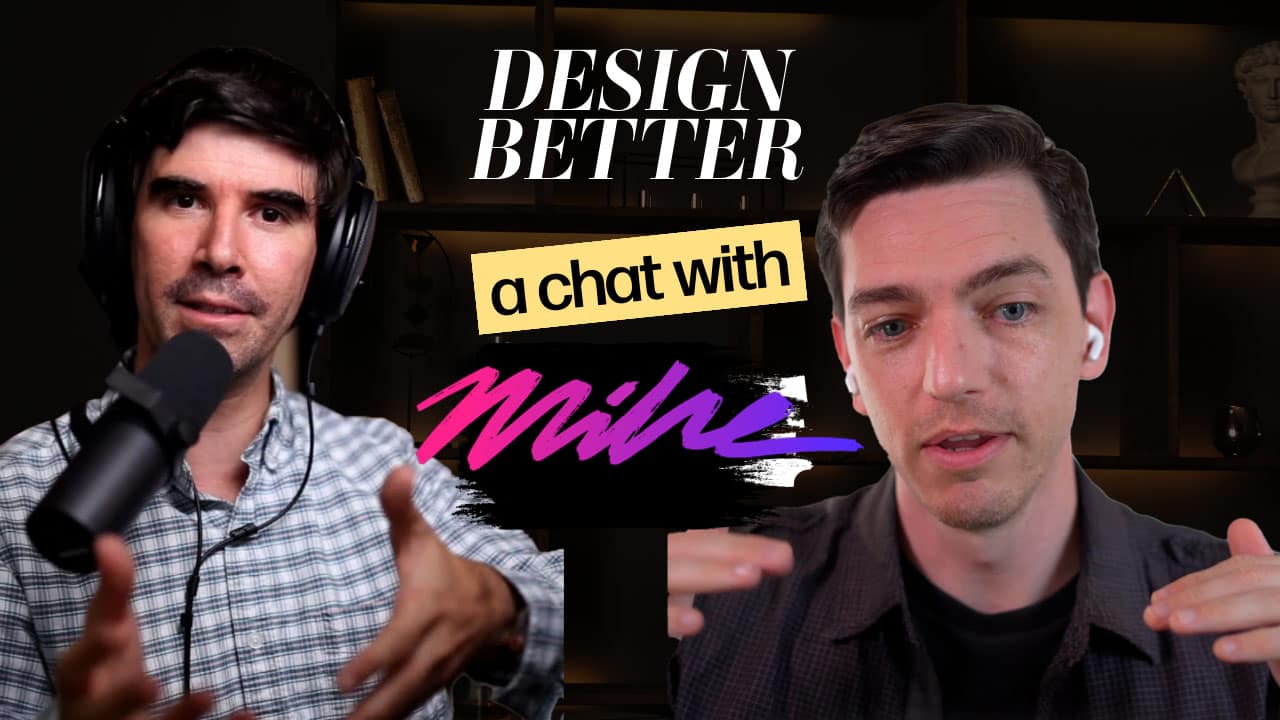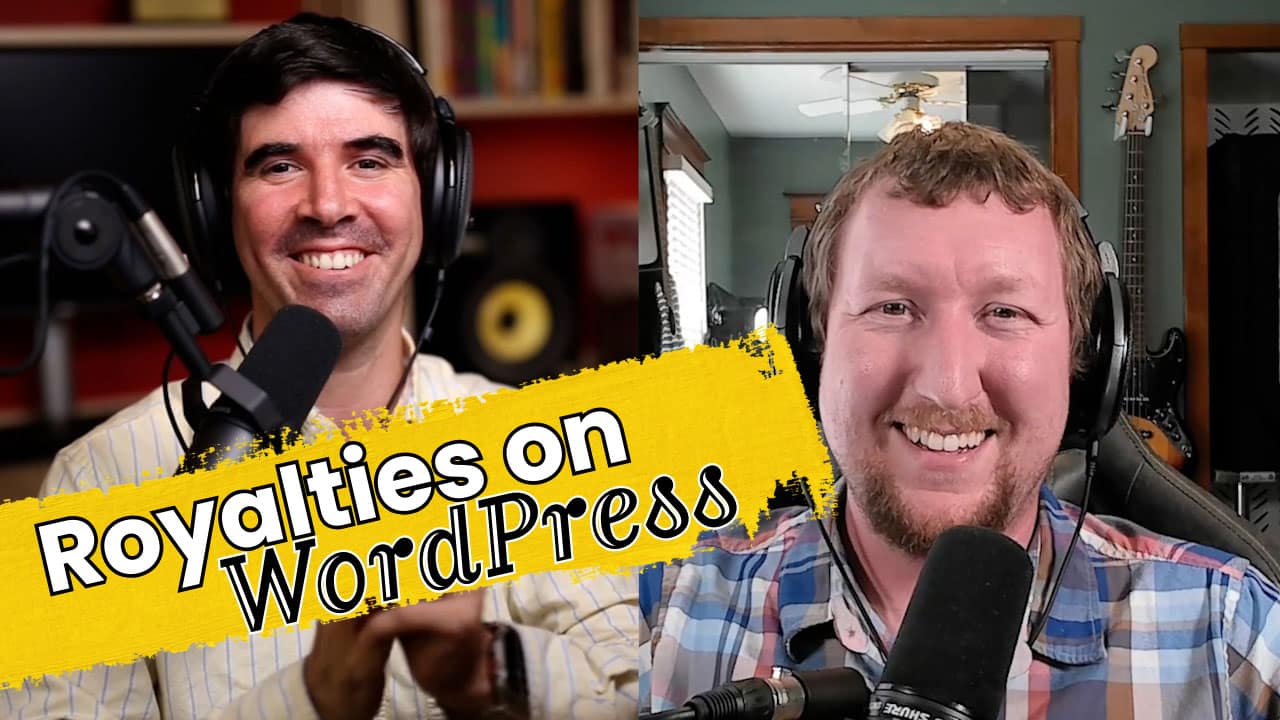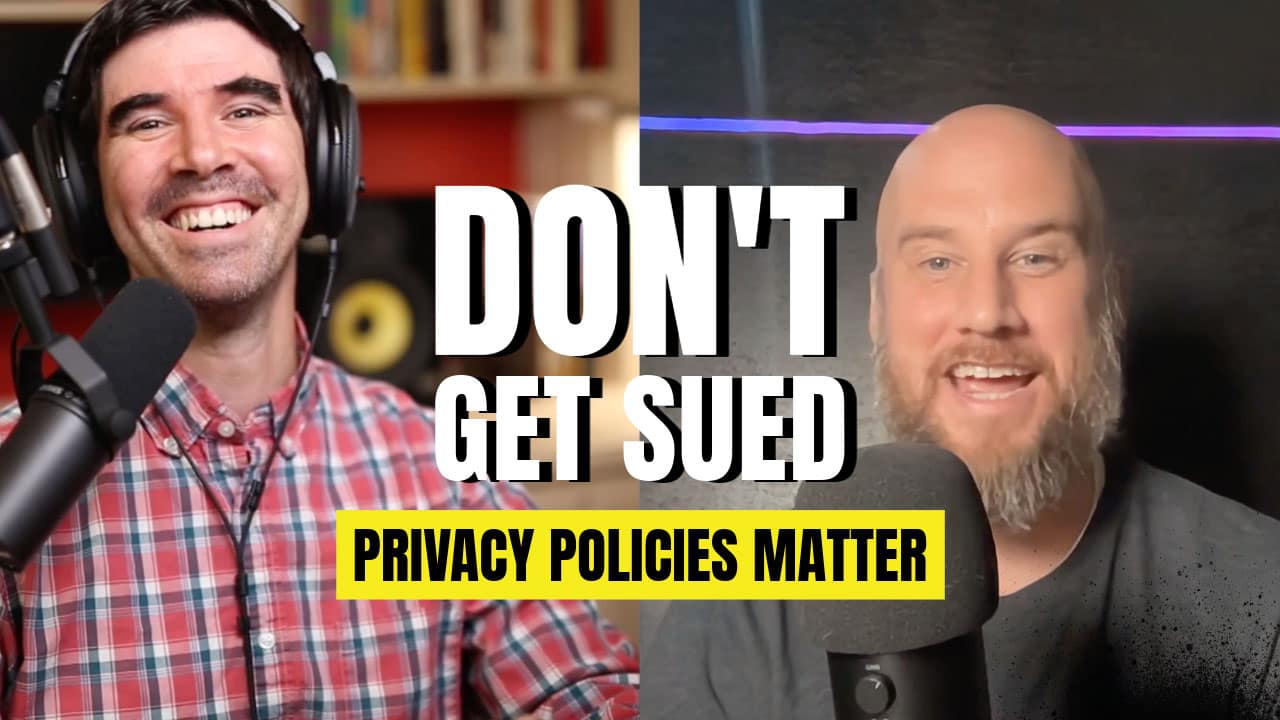There a many aspects of your business that you should know about but the most important should be your Sales Funnel. If you don’t know what that is, or aren’t considering it – you are letting go of a big part of your potential customers.
A Sales Funnel is a visualization of your sales process, from capture until close. In a Sales Funnel you detail each and every step in a transaction, for example:
1. Lead (or potential client)
2. Opportunity (when they’ve shown interest)
3. Conversion (closed the deal)
The metaphor comes from an actual “funnel” in real life, like the sort you would use to pour engine oil into your car or truck. The top part is wide (referring to the large number of visitors that see your business) and gradually becomes slimmer as you go through the prospecting process, and eventually down to the sale.
There are less “opportunities” than visits because not everyone who visits us actually wants or needs our producto. And of course there are less “conversions” than opportunities because – as you may know – it is hard to close a sale.
So understanding the funnel concept is basically understanding all the parts of a sale so you can define the percentage of drop off in each stage. This way, if you measure it constantly, you can find the weak spots in your sales process.
If you notice your problem is in the top part of the funnel, you have to focus your efforts in acquiring more visits (attraction). But if you notice you have a lot of traffic but very few people are converting at the end, it is possible you need to work on your close.
A Sales Funnel is like a thermometer for your business’s health. Use it wisely and you’ll get anywhere you want.
Taking it to the virtual world
If you have a business that captures leads online, your structure might be a little bit different. In that case, your funnel will look more like this:
1. Traffic (attraction)
2. Leads (prospective customers)
3. Interaction (e-mail, chat, calls, etc)
4. Conversion (closing the sale)
The advantage of having an online lead attraction system in place is that you can automate most of the stages in your funnel.
You can run ads (Google Ads, Facebook Ads, etc) that bring people directly to your landing page. Then convert those visitors into prospects or leads via a simple signup form on the same page.
You may interact with them automatically via Autoresponders in e-mail, sending them quality content to prove your expertise and then gradually (as you warm them up) offer a sale. Once they’ve consumed all your materials, they will be glad to buy from you.
You may even have the “buy now” button on a website following said sequence so that they can purchase and pay online – no real interaction needed and you’ll see the sales rolling in…
Imagine having all that set up – and imagine optimizing your funnel constantly to improve every aspect of it, creating more and more sales and improving your customer satisfaction each and every day.
¿Are you thinking about your Sales Funnel now?
Want to read this article in Spanish? Click here




